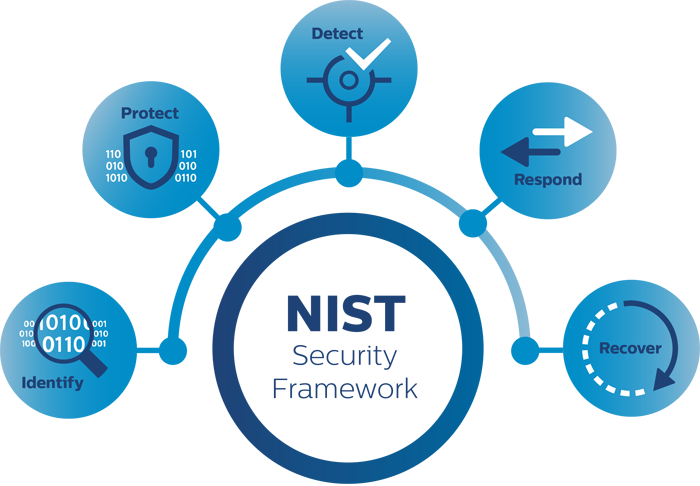
A suite of technologies and services designed to safeguard your medical devices
Our Cybersecurity services are customized to your individual requirements and cover critical areas such as security maturity assessment, regulatory compliance, periodic patching, legacy system protection and upgrade, 24/7 asset monitoring, security threat assessment and tracking, response and recovery procedures, and access authentication and audit logging.
The aim is to empower our customers' digital transformation, seamlessly integrating protection, detection, lifetime extension, and audit solutions into your current and future healthcare delivery roadmap.
These solutions align with global cybersecurity best practices and are based on the National Institute of Standards and technology (NIST) cybersecurity framework.
*Cybersecurity services will only be available for acquisition in North America market in 2021 for select Philips modalities

Connecting care
The intersection of devices, health apps and platforms creates an unprecedented potential to transform healthcare and enable better health and care at lower costs.
But...
Millions of connected devices and the proliferation in volume and types of available data leads to increased vulnerability of cybercrime.

Security is not an option
Healthcare data is the #1 target for cybercriminals and is 10 times more valuable than credit card data alone (HHS Report, April 12, 2018). Threats include malicious security attacks via viruses, worms, and hacker intrusions. According to the 2020 Protenus Breach Barometer report, there were 572 healthcare data breaches of 500 or more records in 2019 and at least 41.4 million patient records were compromised.
In September of 2020, a U.S.-based healthcare chain of 250 hospitals was attacked, shutting down computer systems enterprise-wide. That same month, thirty servers at a major hospital in Dusseldorf, Germany were suddenly encrypted and forced offline, leading indirectly to a patient death.
A disaster is what we are trying to guard against, because ransomware attacks in hospitals are absolutely devastating can have dire consequences.
Head of Biomed, Private Hospital (IDN), USA
Benefits of a robust cybersecurity program
Program essentials
Philips Cybersecurity services are designed specifically for the healthcare ecosystem, to address the complexities inherent in securing a wide variety of medical devices. With the knowledge, resources, and competencies to validate and verify, Philips delivers a powerful solution.
Our Cybersecurity services are fully scalable. You may require only an assessment and analysis of you current security protocols, or you may determine that a comprehensive solution offers the best protection.
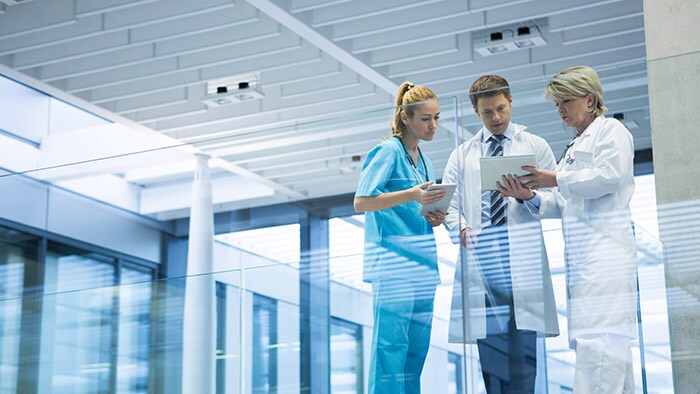
Cybersecurity consulting
Our security consultants provide risk and vulnerability assessments of your medical systems and provide advice on implementing organizational processes that seamlessly integrate security response and recovery workflows across all suppliers.
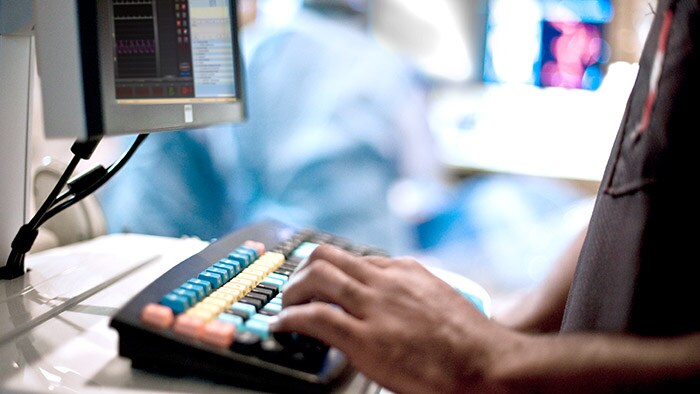
Cybersecurity protection and upgrade services
Technology and services are used to keep your systems secure through coordinated vulnerability disclosures, medically validated OS patching, software upgrade to the latest security level, and network segmentation.
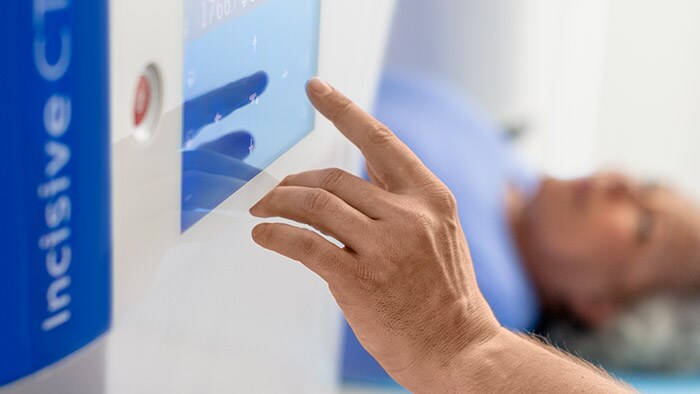
Cybersecurity detection and recovery services
Technologies are employed to identify your medical assets, and monitor the security posture of your medical systems 24/7. They trigger response and recovery efforts, as well as assist you in cyberattack recovery.

Cybersecurity access and audit services
Technologies are employed to identify your medical assets, and monitor the security posture of your medical systems 24/7. They trigger response and recovery efforts, as well as assist you in cyberattack recovery.
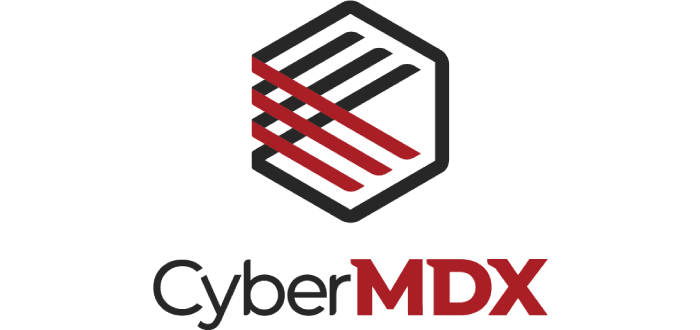
Best-in-class security
Philips has partnered with CyberMDX, a leading healthcare cybersecurity provider to deliver visibility and threat prevention for medical devices and clinical networks. CyberMDX provides technology that can protect connected devices in a hospital environment, whether managed or unmanaged, by leveraging a combination of risk assessment, detection, threat intelligence, and prevention capabilities.
Security must become part of institutionalized culture for every healthcare provider
An end-to-end approach
We bring this ‘security designed in’ mindset to every cybersecurity engagement, synchronizing people, processes, and technology for implementation of a successful and sustainable security profile.
At Philips, Security By Design is an end-to-end mindset. This systemic approach begins with product design and development and is carried through testing and deployment – followed up with robust policies and procedures for protection, updates, and monitoring – and when necessary, incident response management, remediation, and recovery.
